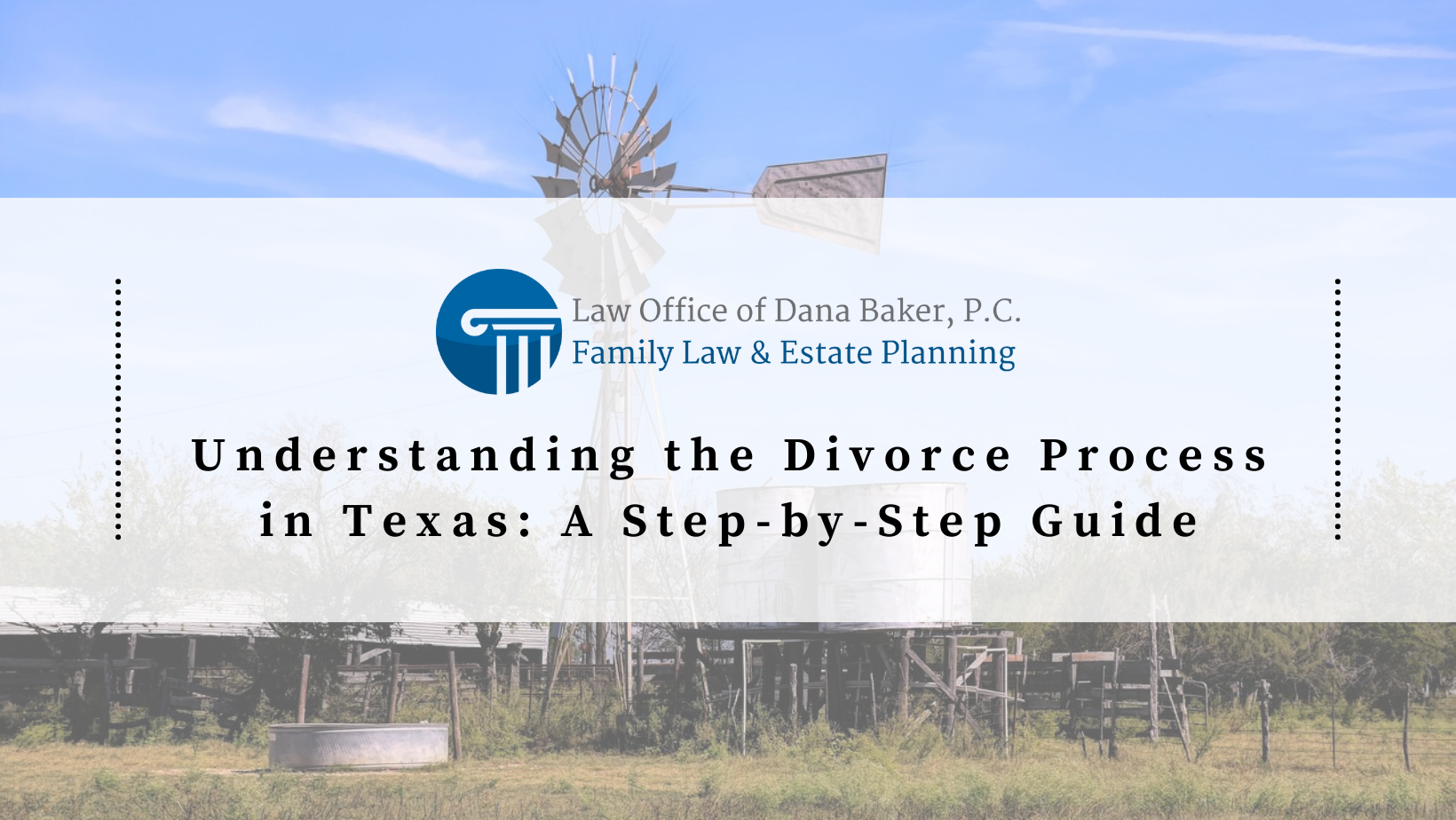Schedule Your Free 15-Minute Phone Consultation
(979) 865-0000

Divorce can be an emotionally and legally challenging process. If you’re considering getting a divorce in Texas, or if you’ve been served with divorce papers, it’s crucial to understand the process and what to expect. This article will provide an overview of the divorce process in Texas.
Before filing for divorce in Texas, at least one spouse must have been a resident of the state for a continuous six-month period and a resident of the county where the divorce is filed for at least 90 days.
The divorce process begins when one spouse (the “Petitioner”) files an “Original Petition for Divorce” with the district court in their county. This document informs the court and the other spouse (the “Respondent”) of the Petitioner’s intent to end the marriage.
Once the petition is filed, the Respondent must be “served” with the divorce papers, which means they are formally given a copy of the filed documents. The Respondent then has a specific period (typically 20 days) to file an “Answer,” acknowledging the divorce process.
Texas law requires a 60-day waiting period from the date the divorce petition is filed before a divorce can be finalized. This period allows couples to reconsider or attempt reconciliation.
In many cases, there might be a need for “temporary orders” during the divorce process. These orders can address various issues like child custody, child support, spousal support, or use of marital property, ensuring stability while the divorce is pending.
The “discovery” process allows both spouses to gather information regarding assets, debts, and other relevant matters. This can involve interrogatories (written questions), requests for documents, and even depositions.
Before a trial, both parties usually try to negotiate and reach agreements on issues like property division, child custody, and support. If they can’t agree, they might opt for mediation, where a neutral third-party mediator helps them find common ground.
If a couple cannot reach an agreement through negotiation or mediation, their divorce case will proceed to trial. Here, both sides present their arguments, and a judge makes the final decisions.
Once all matters are resolved, either through agreement or a judge’s decision, the court issues a “Decree of Divorce.” This document finalizes the divorce and outlines the terms, including property division, child custody, and any support arrangements.
Even after a divorce is finalized, certain situations might require returning to court, such as modifications to child custody or support orders due to changing circumstances.
Navigating the complexities of divorce in Texas requires patience, understanding, and often professional guidance. If you’re considering divorce, consulting with an experienced Texas family law attorney can help ensure that your rights and interests are protected throughout the process.